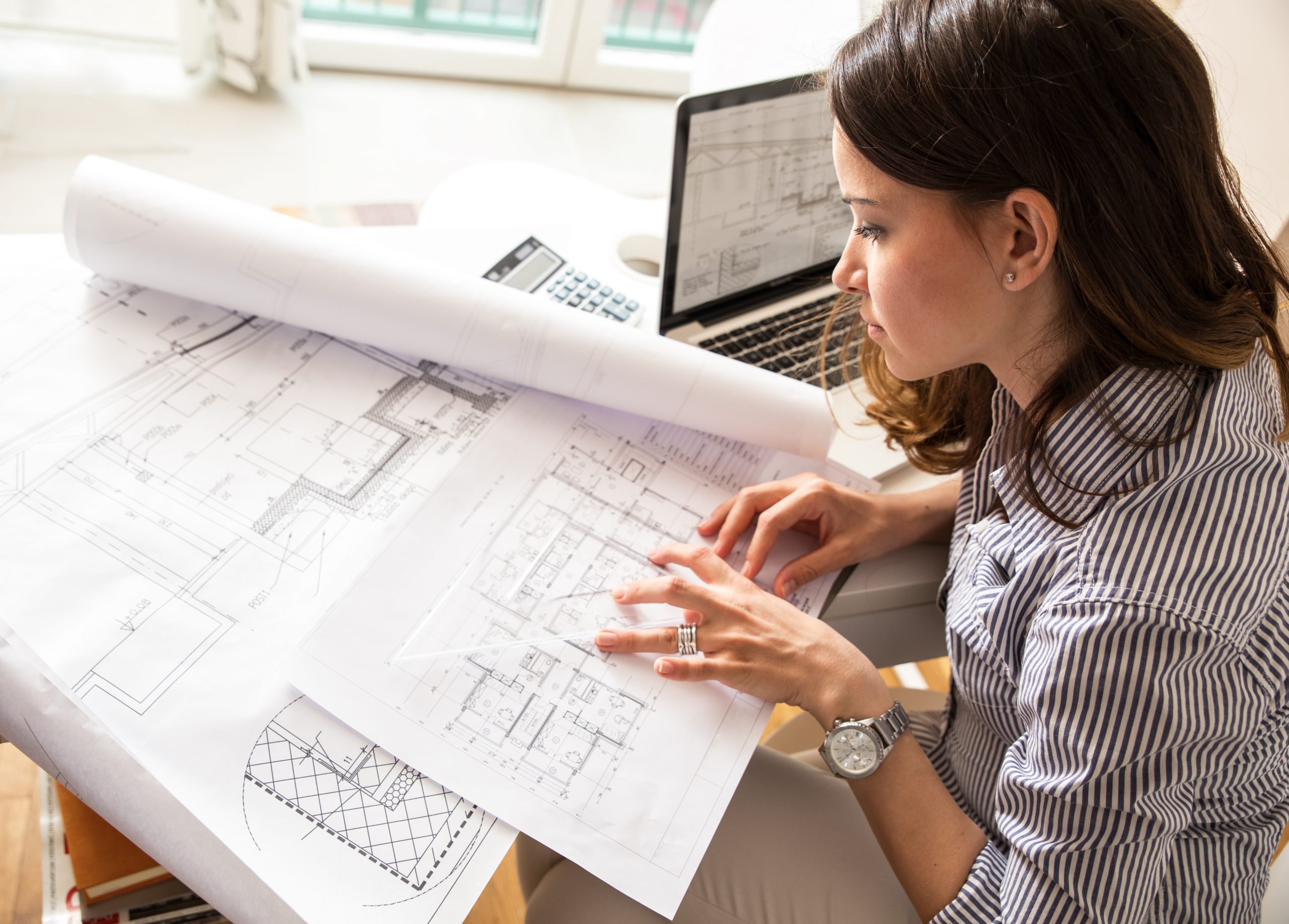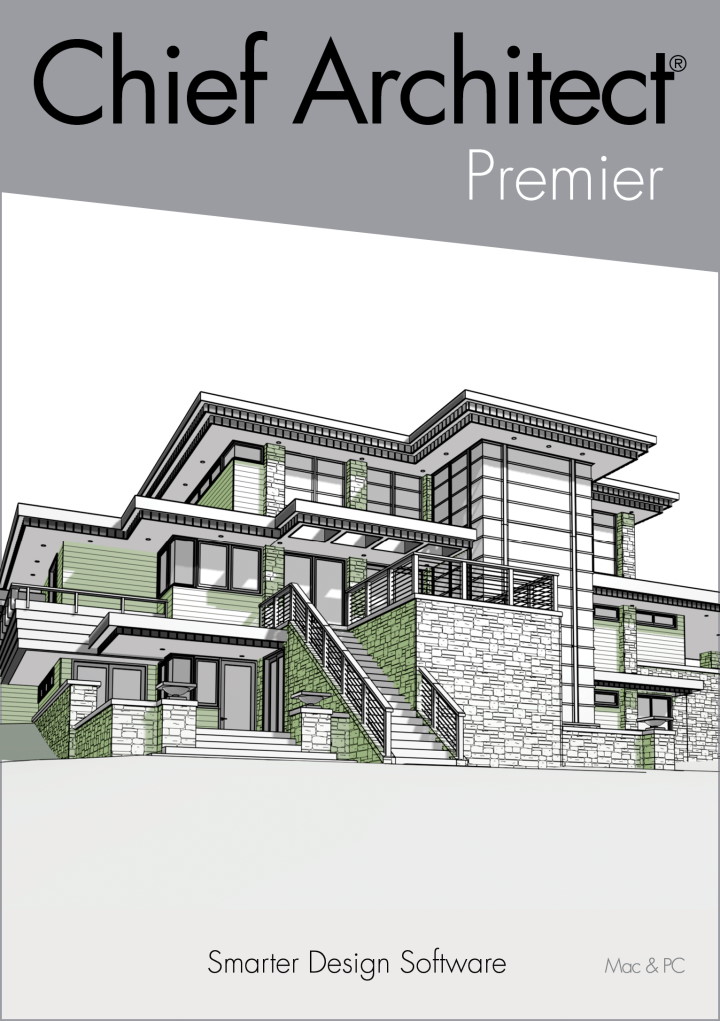Architect Hiring Guide for Clients and Developers
Architect Hiring Guide for Clients and Developers
Blog Article
Recognizing the Diverse Career Paths Available for Aspiring Architect
As an aspiring Architect, you have a world of profession courses waiting on you. Each path offers distinct difficulties and possibilities to use your creative thinking and technical know-how. Whether you're attracted to conventional design or the nuances of sustainable design, there's a specific niche that aligns with your passions. Understanding these varied alternatives can form your expert trip, however which instructions will you select to check out first?
Conventional Design: Creating Structures and Frameworks
Typical architecture focuses on making structures and structures that mix performance with aesthetic appeal. Your layouts can show social heritage, showcasing regional customs while meeting modern needs.
You'll create skills in drafting, model-making, and website evaluation, permitting you to picture and connect your ideas successfully. Engaging with clients, you'll require to understand their vision and equate it right into practical styles.
Moreover, constructing codes and sustainability methods are necessary in your work, guaranteeing your frameworks are secure and ecologically friendly. As you expand in your occupation, you'll locate chances in residential, industrial, and even reconstruction projects, each offering one-of-a-kind difficulties. Embracing typical style leads the way for a meeting profession that pays homage to the past while shaping the future.
Urban Preparation: Shaping Communities and Public Spaces
As an aspiring Architect, you can play a necessary duty as a metropolitan planner, changing just how communities work and interact. By utilizing area involvement approaches, you'll ensure that homeowners have a voice in shaping their atmosphere. And also, integrating sustainable style concepts will aid produce rooms that not only fulfill today's needs yet additionally secure the future.
Role of Urban Planners
While numerous could think of architects as the sole visionaries behind buildings, city coordinators play a crucial role in shaping the wider landscape of areas and public spaces. By teaming up with different stakeholders, you'll aid design parks, transport systems, and residential areas that promote social communication and access. Your experience in spatial style and community dynamics permits you to envision future development while preserving cultural heritage.
Neighborhood Engagement Methods
Efficient community interaction techniques are important for urban planners to guarantee that the voices of locals are listened to and valued in the preparation process. To cultivate significant dialogue, you need to focus on open forums and workshops where neighborhood participants can reveal their ideas and issues. Use surveys and social media to get to a more comprehensive target market, guaranteeing varied viewpoints are included. Teaming up with local companies can boost trust fund and assist in deeper connections. It is necessary to supply clear info regarding decision-making procedures and proposed tasks, allowing citizens to really feel enlightened and equipped. By actively incorporating and listening comments, you'll produce spaces that show the neighborhood's needs, eventually bring about even more effective and lasting city settings. Embrace openness and constant discussion for long lasting effect.
Lasting Style Principles
When developing city areas, incorporating lasting style concepts is important for producing environments that flourish both ecologically and socially. Think about incorporating environment-friendly rooms, like parks and yards, to improve biodiversity and improve air quality.
Designing with water preservation in mind is also essential-- think of rainfall gardens and permeable surfaces to take care of stormwater. Including area participants throughout the preparation process guarantees that the areas you create meet their requirements and motivate social communication. By welcoming these concepts, you'll contribute to vibrant, sustainable metropolitan landscapes that benefit every person.

Landscape Design: Developing Sustainable Outside Atmospheres
As you explore landscape style, you'll uncover essential layout concepts that create practical and attractive outdoor areas. Lasting techniques play an important function in making sure these environments flourish while reducing environmental influence. Plus, you'll discover a variety of profession possibilities that enable you to make a real distinction in exactly how individuals connect with nature.
Design Principles in Landscape
Comprehending design principles in landscape design is necessary for producing lasting outside settings that integrate with nature. You'll require to ponder aspects like scale, percentage, and balance to assure your designs really feel cohesive and welcoming. In addition, pay attention to seasonal modifications, designing with products that enhance the surroundings year-round.
Sustainable Practices Overview
Lasting methods in landscape architecture not only concentrate on visual appeals but likewise prioritize environmental health and source preservation. By incorporating indigenous plants, you boost biodiversity and lower the requirement for chemical fertilizers and pesticides. Executing effective watering systems assists preserve water and lessens overflow, securing neighboring environments. You can design rooms that advertise dirt health and wellness, such as using natural materials and practicing permaculture principles. In addition, including eco-friendly facilities, like rainfall gardens and porous sidewalks, aids in stormwater administration and reduces urban warmth. You contribute to a much healthier planet and give areas that promote area link when you produce outside environments with sustainability in mind. Eventually, these practices guarantee your designs benefit both people and the setting for many years to come.
Occupation Opportunities Exploration
With a strong structure in sustainable techniques, landscape style provides a variety of occupation paths that allow you to make a significant influence on the environment. You might function as a landscape developer, creating cosmetically pleasing and practical exterior spaces, or specialize in ecological restoration, aiding to revive damaged ecological additional reading communities. Urban planners often collaborate with landscape architects to create eco-friendly rooms in urban settings, improving city livability. If you're enthusiastic concerning education, take into consideration coming to be a landscape architecture instructor, motivating future generations. Furthermore, you could collaborate with nonprofits focused on ecological sustainability or take part in research study to introduce new methods. Each course not just forms attractive settings yet additionally promotes a much healthier planet for future generations.
Lasting Style: Concentrating On Eco-Friendly Practices
As you discover your profession in style, welcoming environment-friendly methods can establish you apart in an affordable field. Sustainable design concentrates on developing buildings that minimize ecological impact while improving occupant health. By incorporating sustainable materials, energy-efficient systems, and lasting structure techniques, you'll add to a greener future.
Start by getting knowledge of eco-friendly qualifications like LEED or BREEAM, which can boost your credentials. Consider exactly how natural light, ventilation, and thermal effectiveness can optimize layout. Team up with engineers and environmental professionals to innovate remedies that lower waste and save sources.
Don't neglect the value of area participation-- appealing local stakeholders can influence layouts that balance with the environment. As clients significantly prioritize sustainability, your knowledge in environmentally friendly practices will certainly not only bring in jobs but also fulfill your enthusiasm for liable design. Accept this vital element of the career, and view your occupation grow.
Historical Preservation: Safeguarding and Bring Back Cultural Heritage
While you commence on your building trip, take into consideration the vital role of historical preservation in maintaining our cultural heritage. This field concentrates on the security and remediation of substantial buildings, sites, and structures that tell the stories of our past. By engaging in historical conservation, you'll assist protect the building heritage that shapes neighborhood identification.
As a historical preservation Architect, you'll assess historical significance and analyze the problem of structures. You'll work very closely with guardians and historians to guarantee genuine reconstruction methods are employed. This job course permits you to mix creative thinking with research, allowing you to make services that value original products and workmanship.
Your job not just contributes to sustainability by recycling existing buildings yet additionally cultivates a sense of pride within areas. Embracing this this page path will certainly assist you come to be a guardian of background, preserving the stories and appearances that improve our lives.
Interior Design: Enhancing Indoor Spaces
Historic conservation and interior architecture both share a commitment to improving the developed atmosphere, yet they concentrate on various facets. While historic preservation highlights maintaining a structure's historical and social value, interior style zeroes in on enhancing indoor spaces for functionality and aesthetic appeals.
As an aspiring Architect, you'll find that indoor design enables you to blend creative thinking with technological skills. You'll develop spaces that not only look excellent however also promote comfort and efficiency. This area entails recognizing how light, shade, and products engage within a space, influencing state of mind and use.
You'll service different projects, from residential homes to business workplaces, guaranteeing that each setting meets the requirements of its residents. By prioritizing customer experience, you can change interiors right into useful and motivating areas, making a considerable impact on just how people communicate with their surroundings. Embrace the opportunity to improve indoor atmospheres and shape the means individuals work and live.
Industrial Layout: Combining Performance With Aesthetic Appeals
Commercial layout plays a vital function in producing products that seamlessly mix appearances with capability, ensuring that what you utilize day-to-day is not just aesthetically appealing but additionally practical. As a hopeful Architect, you might engage on your own in this area, concentrating on designing everything from furnishings to consumer electronics. Your work entails comprehending user demands, products, and making procedures, enabling you to develop cutting-edge solutions that boost day-to-day experiences.
In industrial design, you'll often collaborate with makers, marketing experts, and engineers, guaranteeing that your layouts are not only lovely but also viable. This job path uses a dynamic environment where imagination meets usefulness, making it a fulfilling selection for designers interested in shaping the products of tomorrow.
Frequently Asked Questions
What Educational Certifications Do I Need to Become an Architect?
To end up being an their explanation architect, you'll require a professional degree in design, typically a Bachelor's or Master's. Furthermore, you'll have to complete an internship and pass the Architect Enrollment Assessment to exercise legitimately.
Are There Qualification Demands for Various Architectural Job Paths?
Yes, there're certification needs for numerous architectural paths. Architect. You'll require to pass tests, complete internships, and occasionally seek specialized training, relying on your selected focus, like landscape architecture, urban design, or historical conservation
What Software Program Skills Are Important for Architects Today?

How Can I Gain Practical Experience While Examining Style?
You can get sensible experience by interning at architectural firms, taking part in design competitors, offering for area jobs, or teaming up with schoolmates on real-world projects. These possibilities enhance your abilities and develop useful links in the market.
What Task Opportunities Exist Outdoors Traditional Design Firms?
You can explore numerous work chances outside standard architecture firms, like urban planning, indoor style, landscape architecture, building and construction monitoring, property growth, and even roles in sustainability consulting. Each offers distinct difficulties and rewards.
Whether you're attracted to traditional design or the subtleties of sustainable layout, there's a particular niche that aligns with your interests.When developing metropolitan areas, integrating lasting design principles is essential for creating atmospheres that prosper both ecologically and socially.As you check out landscape design, you'll find vital style principles that create lovely and functional outside rooms.Comprehending design concepts in landscape architecture is vital for creating sustainable exterior settings that balance with nature.In industrial layout, you'll commonly collaborate with designers, marketers, and makers, making sure that your layouts are not only stunning but likewise practical.
Report this page